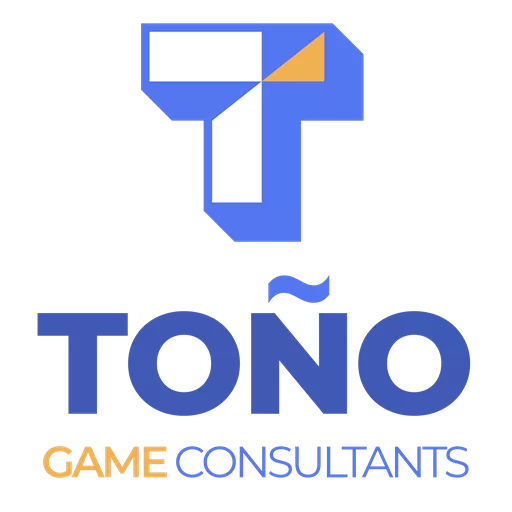This month, I became a Certified Product Owner Professional. It wasn’t about collecting another credential, it was the natural next step after 17 years in software development, 11 of those in games, and six years building myself as a project manager.
That path began with a project that burned me out. It was messy, conflict-heavy, and revealed just how fragile development becomes when leadership is weak. I earned my PMP before my project management experience expired, and since then I’ve worked to integrate production practices into my technical career.
As a programmer, I could create muscle and fire. But as a producer, I saw how that force needed direction to be effective. Production wasn’t a pivot from development, it was integration. Product Ownership, for me, is where those two worlds finally meet.
Production Is Not Cheerleading
Too often, production is treated as cheerleading: keep morale high, run meetings, encourage the team. The truth is very different. Production is a hard, technical discipline.
It requires both people skills and structural skills. On one side, empathy, communication, and conflict resolution. On the other, frameworks, structure, and productivity: Scrum, Kanban, roadmaps, backlog management, and metrics.
A good producer isn’t a cheerleader, they’re a force multiplier. They save time by cutting wasted effort, balance ambition with feasibility, and increase the output of the entire team. They also make small and large victories visible, which builds momentum.
That’s what drew me to Product Ownership: sharpening the tools to multiply a team’s effectiveness and ensure effort translates into outcomes.
Games as Art, Games as Business
Games are art. For players, they’re about wonder and discovery. But for those of us in the industry, games are also a livelihood. And right now, that livelihood is in crisis.
Studios are stuck in endless development, timelines slip, scope balloons, and closures pile up. Players see it too. One of their biggest complaints is that we’re releasing the same games over and over again. Safe bets dominate because studios cling to projects that guarantee ROI, but the cost is a shrinking space for experimentation.
This is where Product Ownership can help. With today’s game design tools paired with Product Owner frameworks, we can balance art and business, securing ROI while also carving out room for experimentation. It’s not about choosing one over the other; it’s about building processes where one sustains the other.
The Cost of Weak Production
When production is treated lightly, the cost is enormous: wasted time, endless delays, missed opportunities, and shuttered studios.
We demand excellence from programmers (technical mastery and optimization) but rarely hold producers or leaders to the same standard. That imbalance is costing us money, talent, and credibility.
I’ve seen the difference when it works. In one AAA studio, Product Ownership was integrated effectively, and the clarity and efficiency it brought were undeniable. Sadly, that remains the exception.
Gratitude and Reflection
I don’t claim to have all the answers. My perspective comes from integrating 17 years of development with six years of project management. Along the way, I’ve sold projects in finance, mentored DigiPen students at all levels, and learned through both failure and mentorship.
I’m grateful to the project that tested me, to Ellen Beeman for her mentorship, and to Joel Bancroft-Connors (the Gorilla Coach) for guiding me through the Product Ownership training.
Closing: Where We Go From Here
Game development is at a reset point. Budgets are ballooning, studios are closing, players are burning out, and talent is leaving. To build a sustainable future, we need to stop treating production like cheerleading and start recognizing it for what it is: a technical, disciplined role that multiplies the output of every team.
Product Ownership isn’t about titles, it’s about discipline. And if we start treating it that way, we can build better games and healthier studios.
If you’re working on a project and struggling with scope, production, or direction, I’d love to help. You can book a conversation with me here: Schedule a time on my Calendly.
FAQ: The Role of a Product Owner in Game Development
1. What is a Product Owner in game development?
A Product Owner (PO) is the person responsible for discovering and defining the value of a project. In the case of games, that means identifying what will make the game fun, interesting, and engaging for the specific audience you’re trying to reach.
A game can’t appeal to everyone. Some players prefer strategy, others story, others fast action. A Product Owner helps clarify who this game is for and what value it offers them, then ensures the development team is building toward that promise.
2. How is a Product Owner different from a Producer or a Scrum Master?
In game development, the word Producer doesn’t map cleanly to Agile. Depending on the studio, a Producer might be filling the role of a Product Owner, a Scrum Master, or a mix of both. (Read More: Scrum Master vs Product Owner)
The important thing is not the title, but the responsibility split:
-
Product Owner (PO): Focuses on the project. They are responsible for discovering and defining value, what makes the game fun, engaging, and appealing for the target audience, and ensuring those priorities drive development.
-
Scrum Master (SM): Focuses on the team. They safeguard the team’s process, remove blockers, and help everyone work effectively without burnout.
If the Producer acts as the Product Owner, then a lead (engineering, design, or another discipline) should step into the Scrum Master role.
If the Producer acts as the Scrum Master, then a Game Designer, Director, or Business Manager should carry the Product Owner responsibilities.
What matters is keeping the roles separate. A PO pushes for what the project needs; an SM protects what the team can realistically handle. Mixing them into one person creates a conflict of interest.
3. Why do game studios need Product Owners?
Because too many projects fail from misaligned priorities, endless scope, or wasted effort. A Product Owner is a force multiplier: they direct the team’s energy toward the features and goals that matter most, saving time and increasing output. With budgets and player expectations rising, this role can make the difference between a profitable release and a costly gamble.
4. Isn’t production just cheerleading and morale boosting?
Not at all. While motivation is important, production and Product Ownership are technical disciplines. They require hard skills (frameworks, backlog management, metrics, ROI assessment) combined with soft skills (communication, empathy, conflict resolution). A good PO balances ambition with feasibility, making sure a team’s work turns into results.
5. How does a Product Owner help players?
By ensuring the development team delivers features and experiences that matter most to players. A PO looks beyond just “shipping content” to ask: Does this add value? Does this align with player needs? This helps reduce filler features, avoid wasted time, and deliver a tighter, more rewarding experience.
6. How does a Product Owner help the business side?
A PO translates game ideas into measurable value propositions. Instead of pitches that say “this will be the next [hit game],” a PO can frame potential ROI: what the minimum and maximum returns could be, and whether the project is a safe bet or an expensive gamble. This gives investors, publishers, and leadership more confidence in funding a game.
7. Do all studios need a Product Owner?
Not every team will have the formal title, but every team benefits from the responsibilities. Whether it’s called Producer, Game Lead, or Product Owner, someone must own the value conversation, balancing creativity, feasibility, and business. Without it, teams risk endless development, poor ROI, or burnout.
8. What makes a great Product Owner?
-
Clear prioritization: knowing what brings the most value.
-
Player empathy: understanding the experience from the player’s perspective.
-
Business awareness: being able to articulate ROI and value propositions.
-
Framework knowledge: using Agile tools properly, not just in name only.
-
Soft skills: keeping communication clear and conflicts manageable.
9. How do Product Owners and Game Designers work together?
Designers focus on what makes the game fun and engaging. Product Owners focus on what delivers value and fits within scope. Together, they ensure the team isn’t just building something interesting, but something both players and the business will embrace.
10. How do I know if my project needs Product Ownership support?
If you’re facing any of these:
-
Endless scope creep
-
Missed deadlines or ballooning costs
-
Releasing “safe bets” without innovation
-
Struggling to pitch ROI to investors
-
Teams burning out without clear wins
…then it’s time to bring in Product Ownership practices.


